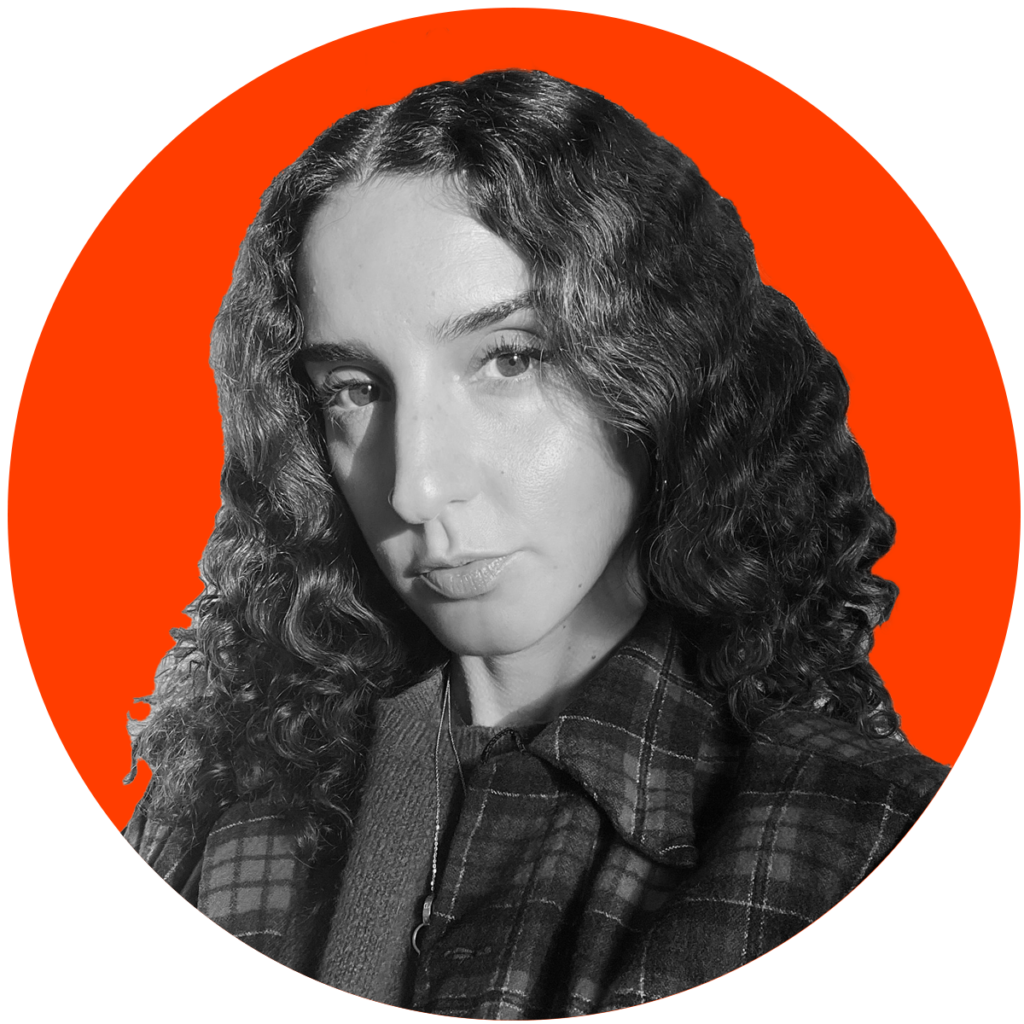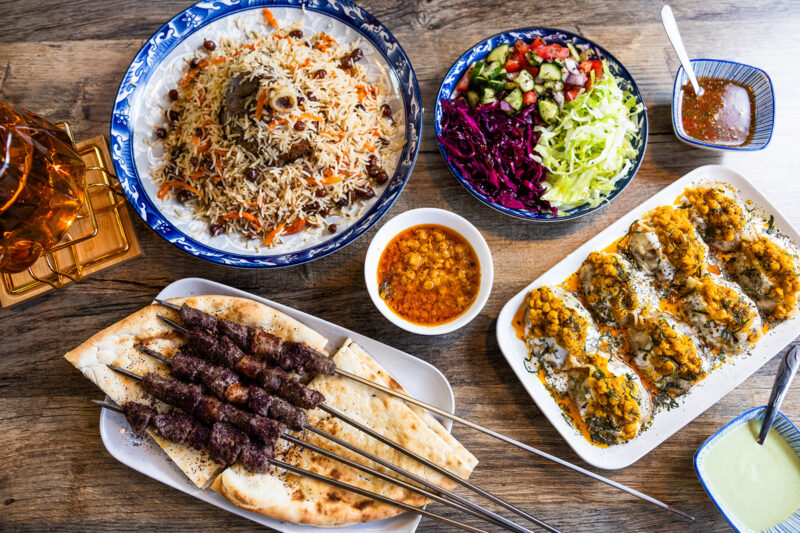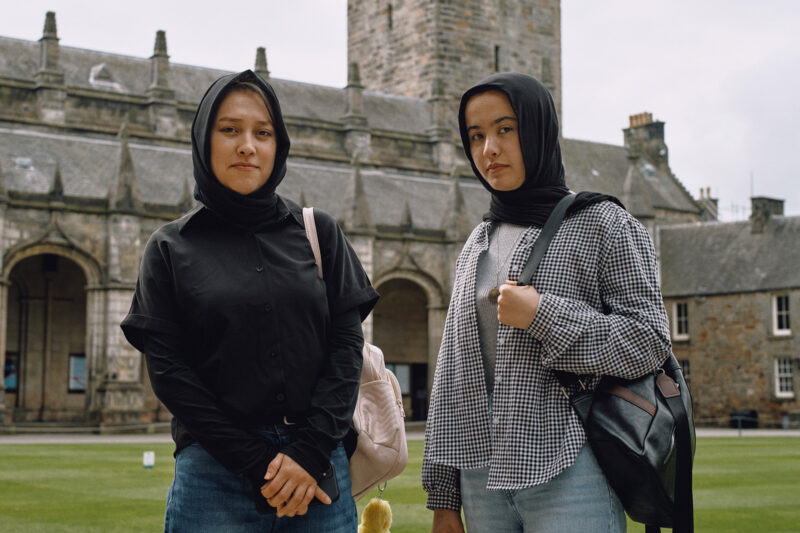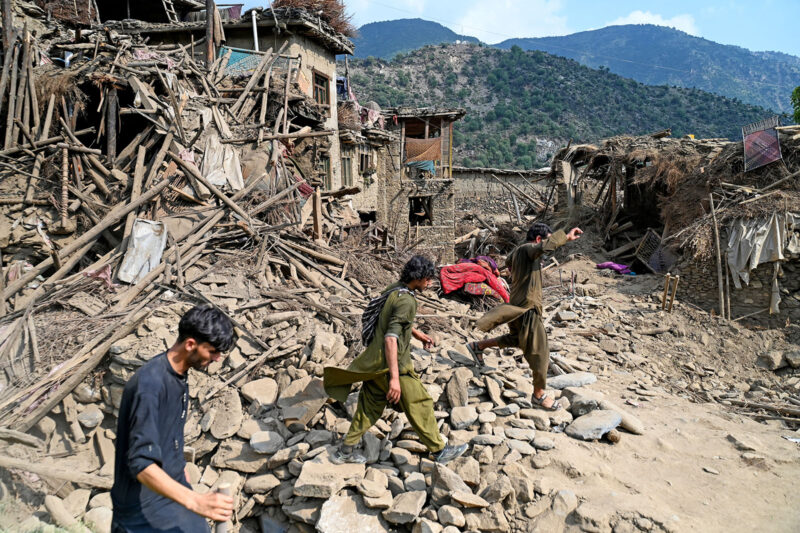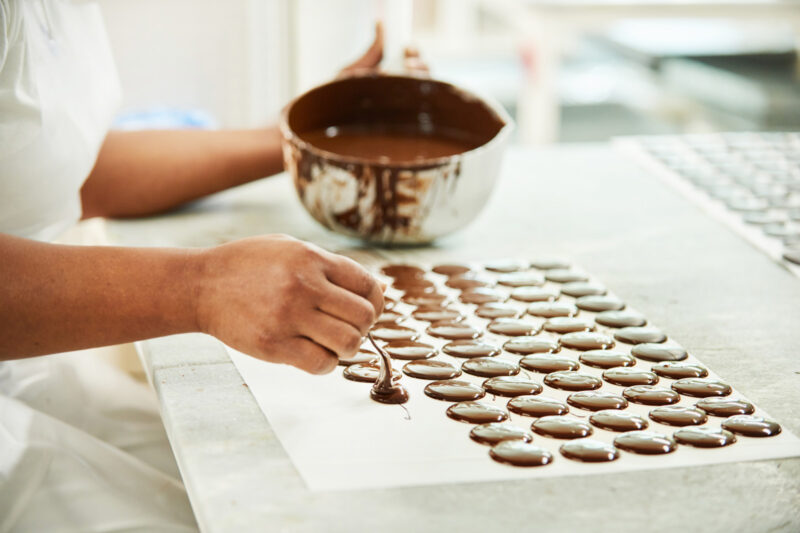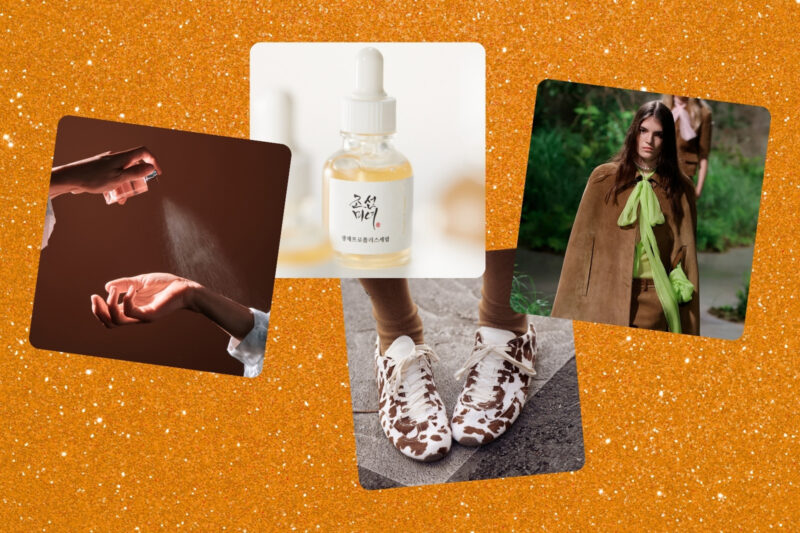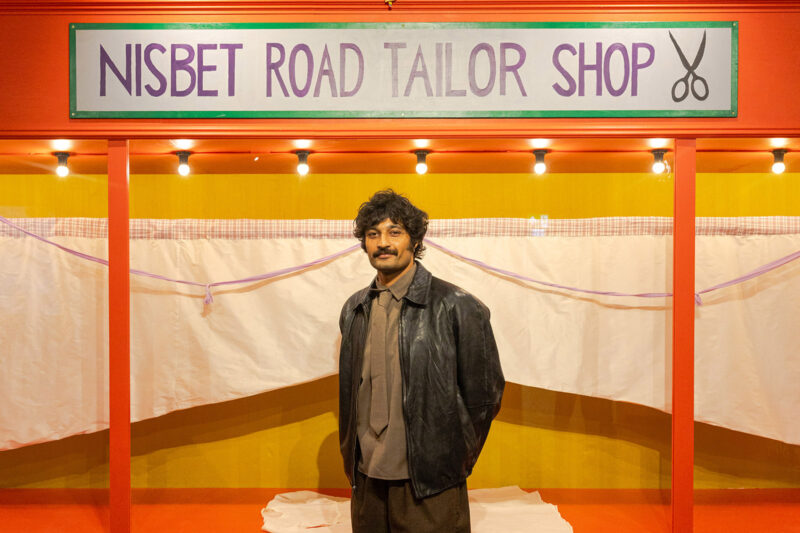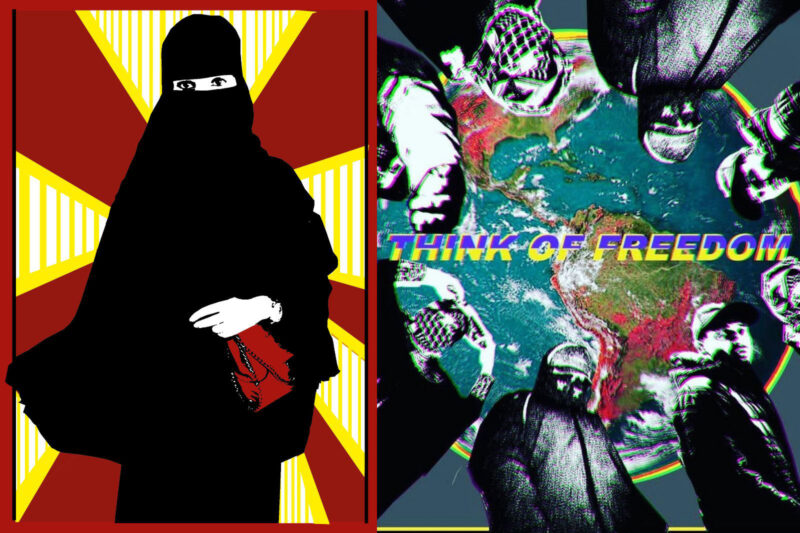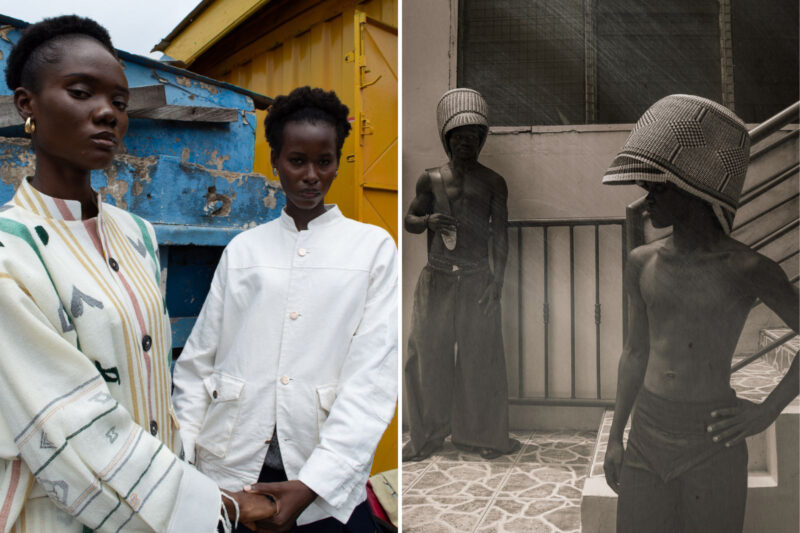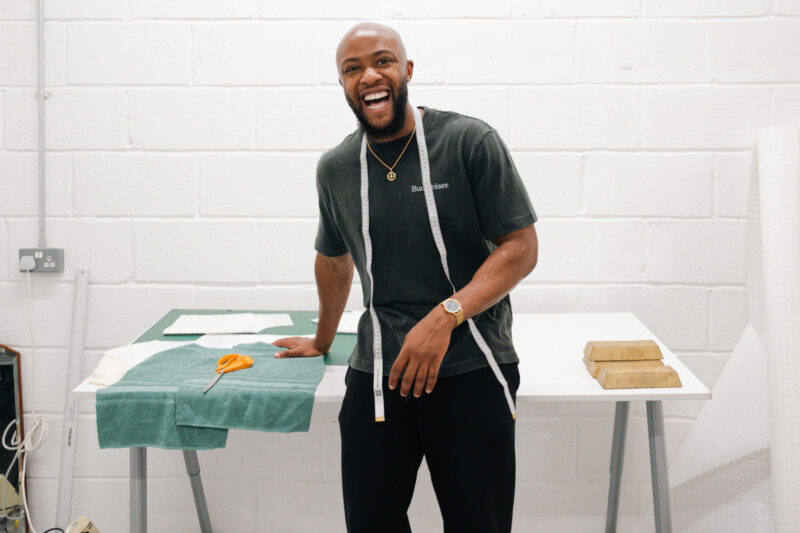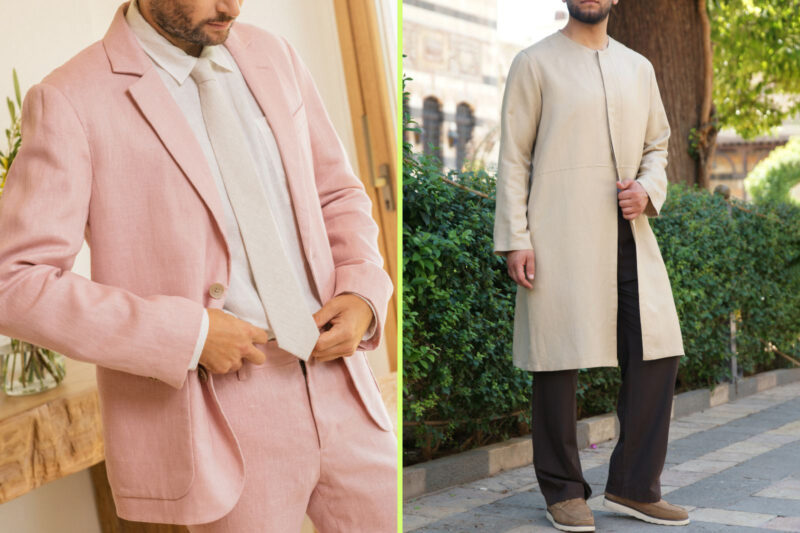From Kabul to Penny Lane: tracing the rise of the Afghan coat
Long before John Lennon adopted the suede sheepskin look, the coats were a cornerstone of Afghan winter clothing, so ubiquitous that they were considered national dress
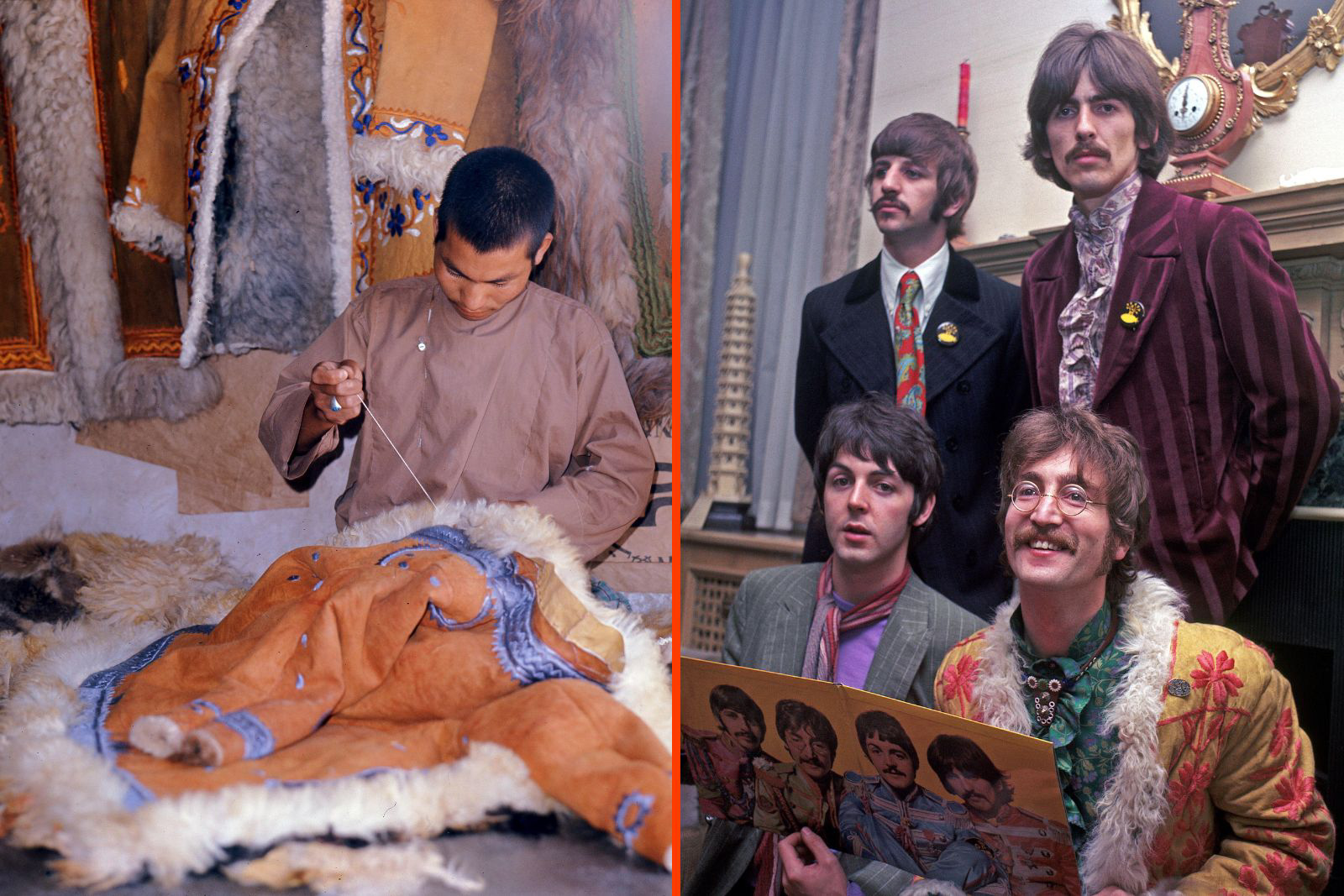
There are few things more important for surviving the winter season than a warm coat. If you’re anything like me, the arrival of cold weather means personal style is sacrificed for the sake of comfort and warmth. In my case, the temperature dropping below double digits means begrudgingly dusting off my uninspiring but practical down jacket, and accepting that I will probably look like a tourist until spring arrives.
But what if there was a way to look fashionable and stay warm? Glamorous, extravagant and stylish, the Afghan coat is the antithesis of the ugly practical winter jacket. With its statement shearling cuffs and collar, the garment is the definition of 70s cool. And unlike many stylish coats on offer from high-street brands, traditional Afghan coats are made from materials that will actually keep you warm: suede and shearling. The combination of glamour and practicality have made them a fashion favourite for more than 50 years, from the bohemian rock stars of the late 60s, via turn-of-the-millennium pop starlets, to modern-day It girls like Bella Hadid and Emily Ratajowski.
Long before John Lennon stepped out in a yellow sheepskin version embroidered with red flowers for the London launch of the album Sgt Pepper’s Lonely Hearts Club Band, the coats were a cornerstone of Afghan winter clothing, so ubiquitous among both men and women that they were considered national dress. Afghans, as the coats became known, traditionally came in three forms. The pustinchas are sleeveless or short-sleeved hip-length vests, and the pustakis are knee-length, long-sleeved coats, while pustins are ankle-length.
Primarily produced in the province of Ghazni, the coats were usually made from the skin of karakul sheep, a breed native to Afghanistan — although they were also made from bear, fox or goat. Men cured, cut, sewed and tanned the skins yellow with the rinds of pomegranates, while women embroidered them with geometric and floral designs.
In his book Two Afternoons in the Kabul Stadium: A History of Afghanistan Through Clothes, Carpets and the Camera, historian Tim Bonyhady details how the traditional garment gained widespread popularity outside Afghanistan when the country embarked on a programme of modernisation in the 1960s. As adventurous hippies travelled the region, the more capitalist-minded among them sought out local products to sell back home. One such tourist was Craig Sams, a young American who settled in London and began importing the coats, which were sold in Granny Takes a Trip, a super-hip boutique on the King’s Road.
The popularity of the style among rock stars and beautiful people of the era meant that by 1969 “more pustinchas were being worn outside Afghanistan than within it”, according to Bonyhady. Jimi Hendrix, the Beatles and Jane Birkin were all fans, and David Bowie even wore one to his wedding. They became a staple of bohemian, countercultural style throughout the 70s, and production was moved from Ghazni to larger sweatshops in Kabul, where embroiderers could barely keep up with the demand for the coats from the west.
Afghan coats fell out of favour as the punk aesthetic took over in the 80s, but made a major comeback at the turn of the millennium, as celebrities including Britney Spears, Lucy Lui, and Sofia Coppola were seen stepping out in them. But it was fictional rock groupie Penny Lane, Kate Hudson’s character in the film Almost Famous (2000), who would become the face of the coat in popular culture this side of the millennium — so much so that they are now more likely to be referred to as Penny Lane coats.
Their second resurgence kicked off in recent years alongside Gen Z’s growing interest in both circular fashion and vintage Y2K styles. Re-selling apps Depop and Vinted are awash with the coats, with prices ranging anywhere from £80 to £800 for rare, ornately embroidered styles.
Influencer Hannah Louise Farrington was an early adopter of the trend, buying her reddish-brown version in 2014 after seeing images of stylish girls wearing them on Tumblr. She chalks up their continued popularity to their inherent coolness and proximity to rock’n’roll. “In the west, they’ve always been associated with music and bands, both in the 60s and then in the 00s and beyond, after Almost Famous. And bands, unfortunately, are cool.”
For those looking to invest in the look, the hardest part can be choosing the right one. Modern designs offered by everyone from fast-fashion retailers including Mango and Nasty Gal to designer brands such as Charlotte Simone and Saks Potts, have seen the coats turn away from the embroidered sheepskin hippy aesthetic and towards a more luxury, high-fashion vibe, usually using faux fur rather than animal skins.
It’s worth noting that some of the more expensive versions are often made from polyester, meaning that while they may be fashionable, they do not provide the warmth of the original Afghan coats. My advice? As with most things, the original is best — and buy second hand.
 Newsletter
Newsletter

